Seasonal Bait Choices: Matching the Hatch in Freshwater
Successful fishing requires more than just patience and the right equipment—it demands an understanding of what fish are naturally feeding on throughout the year. “Matching the hatch,” a concept borrowed from fly fishing, applies to all freshwater fishing and involves selecting baits that mimic the predominant food sources available to fish during each season. As water temperatures shift and different aquatic insects emerge, fish feeding patterns change dramatically. Anglers who adapt their bait selections to these natural cycles consistently experience more productive fishing trips. This comprehensive guide will explore how to align your bait choices with seasonal patterns in freshwater environments, helping you present the most enticing offerings to fish regardless of when you hit the water.
Understanding the “Match the Hatch” Philosophy
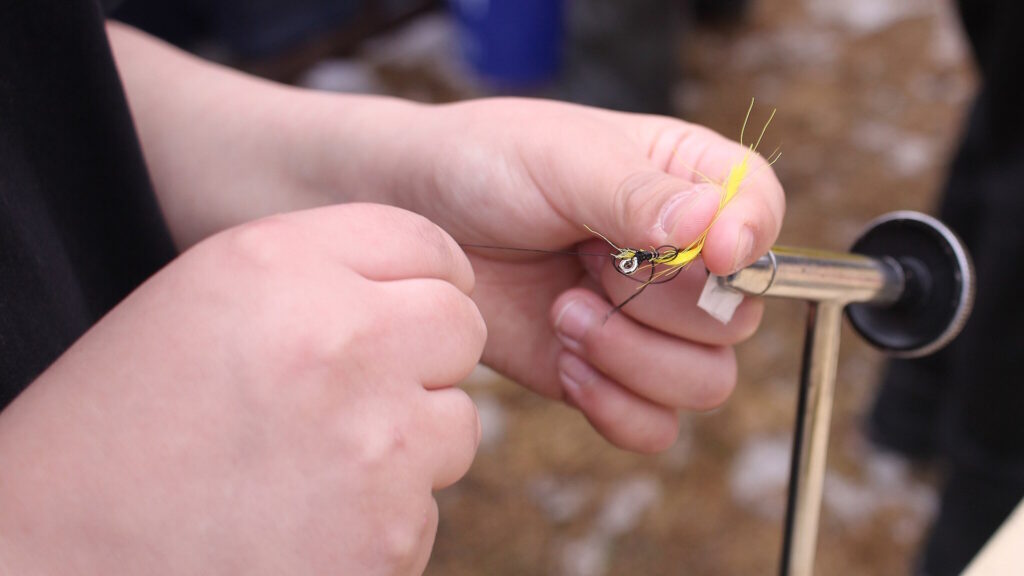
The concept of matching the hatch originated with fly fishermen who observed that trout feed selectively on specific insects during particular hatching periods. This principle extends to all freshwater fishing—presenting baits that closely resemble what fish are naturally consuming dramatically increases your chances of success. When fish are keyed in on a specific food source, they often develop a feeding pattern that makes them reluctant to strike anything else. By studying and understanding the life cycles of aquatic insects, baitfish, and other food sources in your fishing area, you can present the most natural and appealing offering. This approach requires observation, adaptation, and sometimes abandoning your favorite lure in favor of what the fish are eating that day.
Early Spring Tactics: Targeting Cold-Water Opportunists

As winter recedes and water temperatures climb into the 40s and low 50s degrees Fahrenheit, fish emerge from their winter lethargy but remain somewhat sluggish. During this pre-spawn period, baitfish like minnows and small shad become vulnerable as they begin to move more actively. Crayfish also become more visible as they emerge from winter hiding spots, making them prime targets for hungry predators. Small jigs, soft plastic crayfish imitations, and suspending jerkbaits fished with painfully slow retrieves can be deadly effective this time of year. The key is presenting these baits with minimal movement, as fish won’t expend much energy chasing fast-moving lures in cold water. Focus on deeper drop-offs adjacent to spawning flats where fish stage before moving shallow.
Late Spring Patterns: The Spawning Season Shift
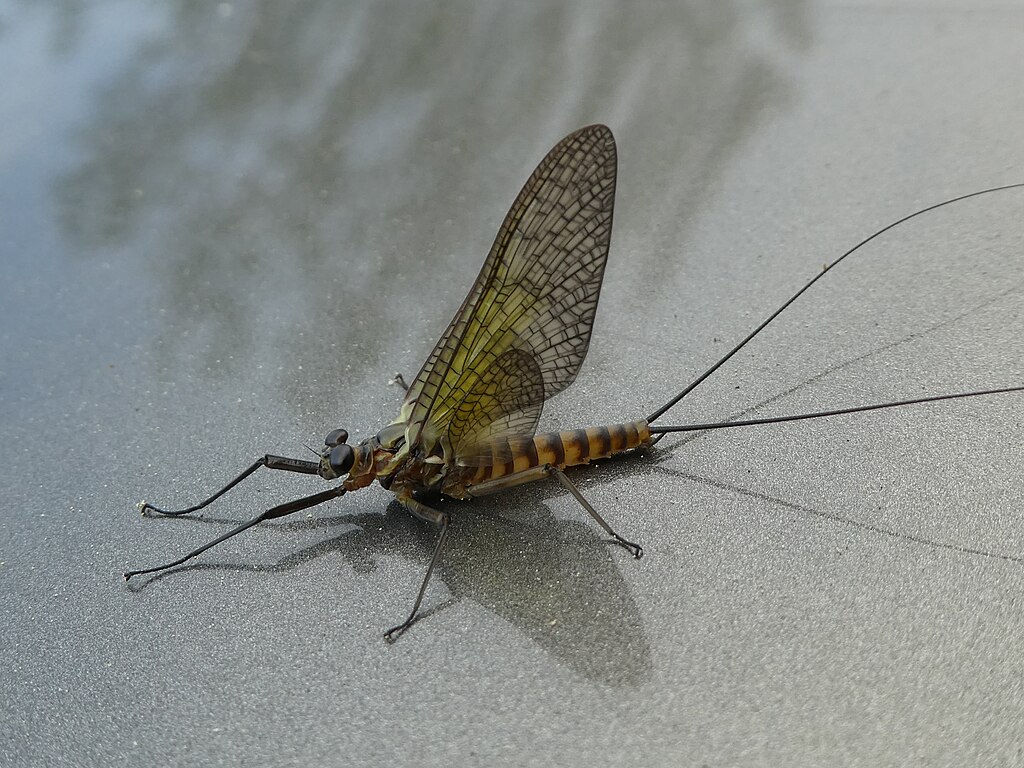
As water temperatures reach the mid-50s to 60s, many freshwater species enter their spawning phases, dramatically changing their feeding behaviors. During this period, many predatory fish become more aggressive as they defend nesting areas. Small creatures that threaten eggs become prime targets, making soft plastic salamanders, lizards, and small creature baits particularly effective. Concurrently, the first major insect hatches occur, with mayflies and caddis emerging in many watersheds. Surface presentations like poppers and small floating flies can produce explosive strikes during these hatches, especially during early morning and evening hours. The spawn also coincides with increased amphibian activity, making frog imitations effective around shallow cover where bass and other predators lurk.
Summer Strategies: Adjusting to Peak Heat and Activity
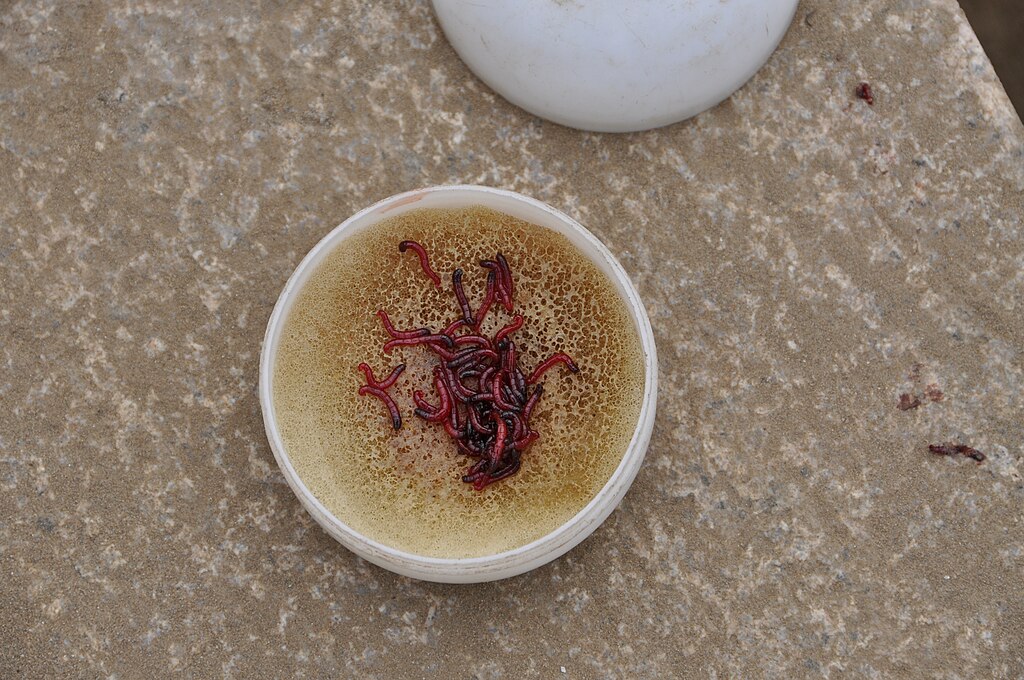
Summer brings stable, warm water conditions and peak metabolism for most freshwater species, creating two distinct feeding patterns to exploit. During daylight hours, fish often retreat to deeper, cooler water or seek shade under heavy cover, making deep-diving crankbaits, Carolina-rigged worms, and drop-shot presentations effective for reaching these depths. Nighttime and early morning present opportunities for topwater action as fish move shallow to feed, making walking baits, buzzbaits, and hollow-body frogs productive choices. Summer also brings peak activity for bluegill and other sunfish, making smaller imitations of these species excellent choices for targeting larger predators. The abundance of juvenile baitfish during summer months means smaller profile baits in silver, white, and translucent colors often outperform larger offerings.
The Science of Water Temperature and Feeding Behaviors
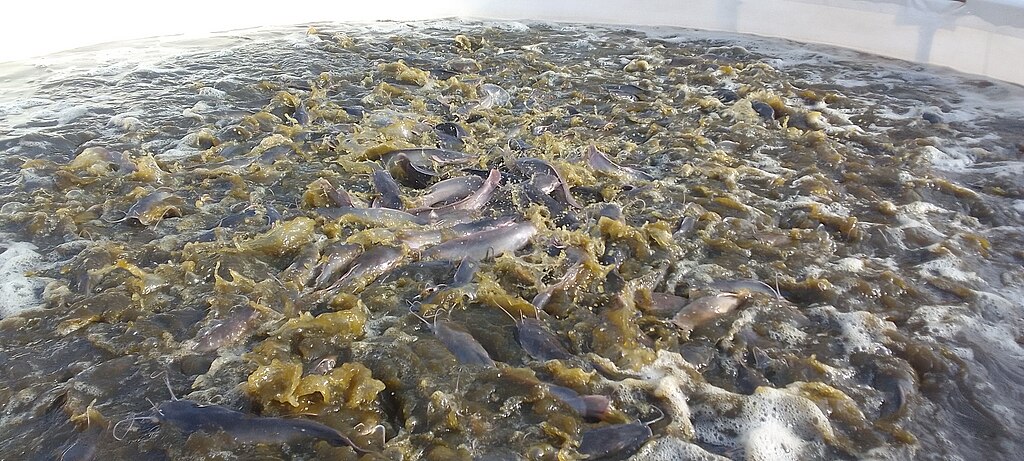
Water temperature serves as the primary catalyst for seasonal feeding patterns in freshwater environments, directly influencing both predator activity and prey availability. Most freshwater game fish are ectothermic, meaning their metabolism and activity level correlate directly with water temperature. In waters between 65-75 degrees Fahrenheit, most species reach their optimal feeding temperatures, becoming more aggressive and willing to chase faster-moving baits. Temperatures outside this range require adjustments in presentation speed and bait profile—generally slower and more subtle in colder water, while concentrating on specific feeding windows during extreme heat. Carrying a water thermometer can provide valuable data to help determine appropriate retrieval speeds and presentation styles for any given day on the water.
Fall Feeding Frenzy: Capitalizing on Pre-Winter Bulking
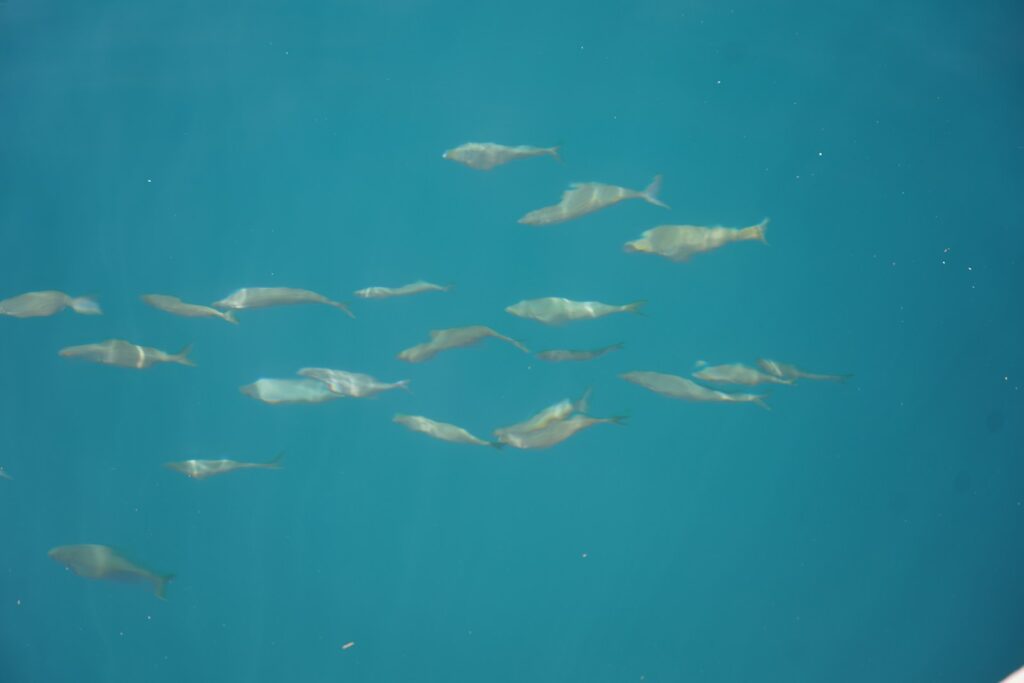
As water temperatures begin dropping from summer highs into the 60s and 50s, many fish species enter an intensive feeding period to build energy reserves for winter. This fall feeding window often coincides with baitfish migrations, making larger profile baits that imitate shad, herring, and other schooling baitfish particularly effective. Spinnerbaits, lipless crankbaits, and swimbaits in shad patterns become top producers, especially when worked around points and creek mouths where predators ambush migrating bait schools. The cooling water also triggers crayfish to become more active before winter, making jigs and crayfish imitations productive once again. This period often provides some of the year’s best fishing opportunities as fish feed aggressively and in more predictable patterns than during summer’s scattered approach.
Winter Presentations: Slowing Down for Success
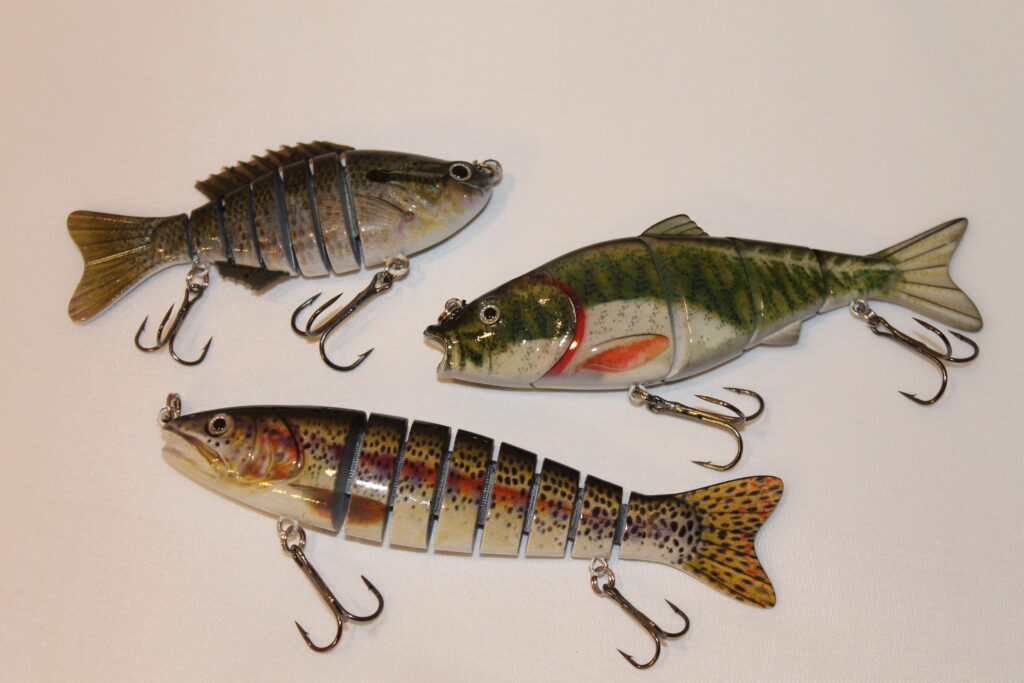
Winter fishing demands perhaps the most significant adjustment in bait selection and presentation style of any season. As water temperatures drop below 45 degrees, fish metabolism slows dramatically, making them unlikely to chase fast-moving baits. Small, subtle presentations fished painfully slowly become the rule, with jigs, drop shots, and small soft plastics taking center stage. Lethargic fish typically hold near bottom structure in deeper water, requiring precise presentations directly in their strike zone. Live bait or scented artificial baits can provide added incentive for reluctant biters during this challenging period. Winter fishing success often depends on finding concentrations of fish in the deepest parts of the waterway and presenting baits with minimal movement for extended periods in these areas.
Regional and Ecosystem Variations
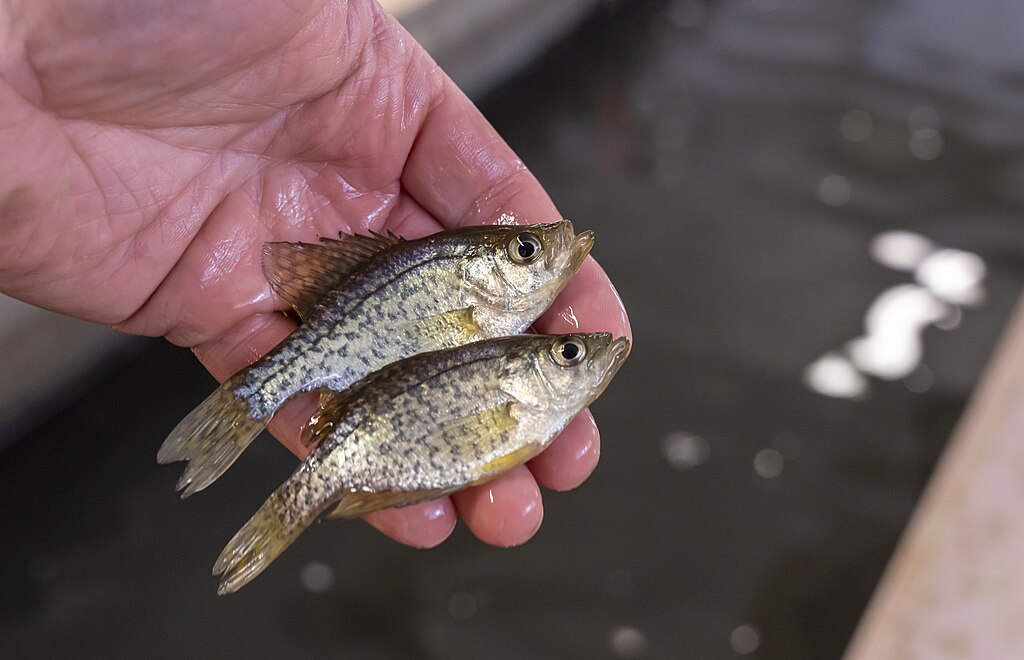
While seasonal patterns apply broadly across North America, regional variations in hatch timing and available forage require local knowledge for consistent success. Southern waters may never experience true winter conditions, creating extended periods where fall patterns remain effective. Northern lakes might see compressed seasons with brief transitional periods between winter and summer patterns. Rivers present entirely different ecosystems than lakes, with current flow affecting both insect hatches and fish positioning. Tailwaters below dams often have muted seasonal temperature variations, creating unique year-round fishing opportunities with more consistent patterns. Researching the specific water body you plan to fish through local bait shops, fishing reports, and regional fishing publications can provide invaluable insights into the timing of local hatches and baitfish movements.
Essential Insect Hatches and Their Imitations
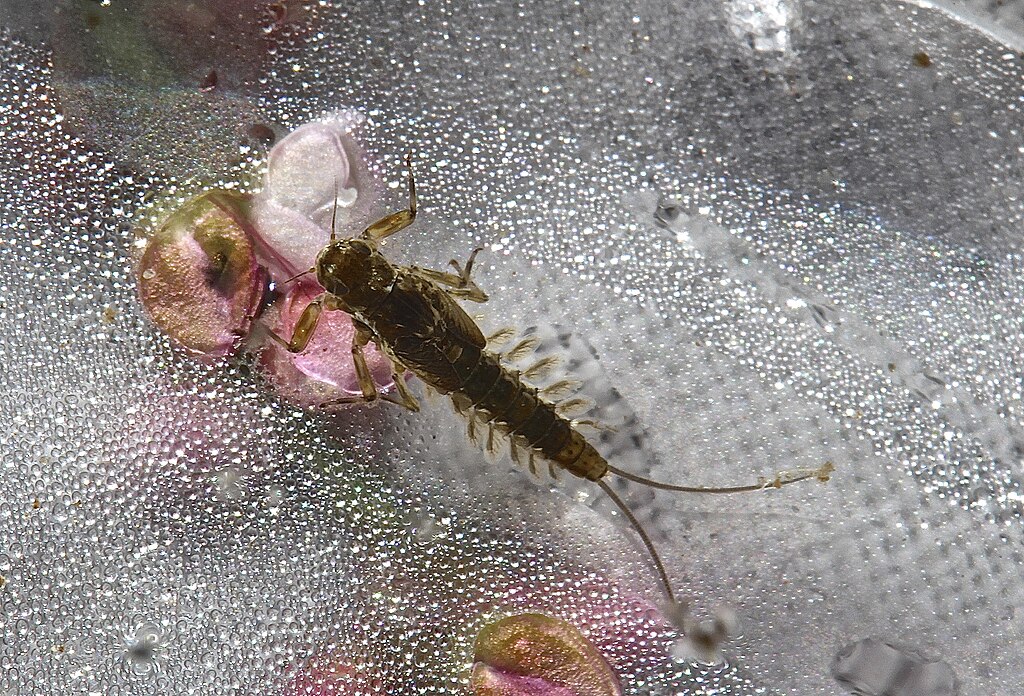
Understanding major insect hatches provides a significant advantage when selecting seasonal baits. Mayfly hatches, occurring primarily in late spring through summer, create feeding frenzies that can be matched with small jigs, nymphs, or dry flies depending on which stage of the hatch is occurring. Caddisflies, with their distinctive tent-wing appearance, emerge in massive numbers in many watersheds during warm months, making small wet flies and soft hackle presentations effective. Stonefly hatches, more common in flowing waters, typically occur earlier in the spring and can be imitated with larger nymphs and streamer patterns. Terrestrial insects like grasshoppers, ants, and beetles become increasingly important food sources during mid to late summer as they fall into the water from overhanging vegetation, making realistic imitations valuable additions to your warm-weather arsenal.
Baitfish Cycles and Their Seasonal Movements

Baitfish populations follow predictable annual cycles that create distinct feeding opportunities throughout the year. Spring sees the emergence of newly hatched baitfish, making small, translucent baits effective for mimicking these vulnerable targets. Summer growth produces juvenile baitfish in abundance, with predators often targeting these small but protein-rich morsels. Fall migration patterns concentrate baitfish in predictable locations like creek mouths, river confluences, and primary points, creating prime ambush opportunities for predatory species. Winter typically forces baitfish into deeper water where they school tightly for protection, providing focused feeding zones for predators. Understanding these movement patterns allows anglers to select appropriate baitfish imitations in the correct size, color, and profile to match what’s naturally available in each season.
The Role of Water Clarity in Bait Selection
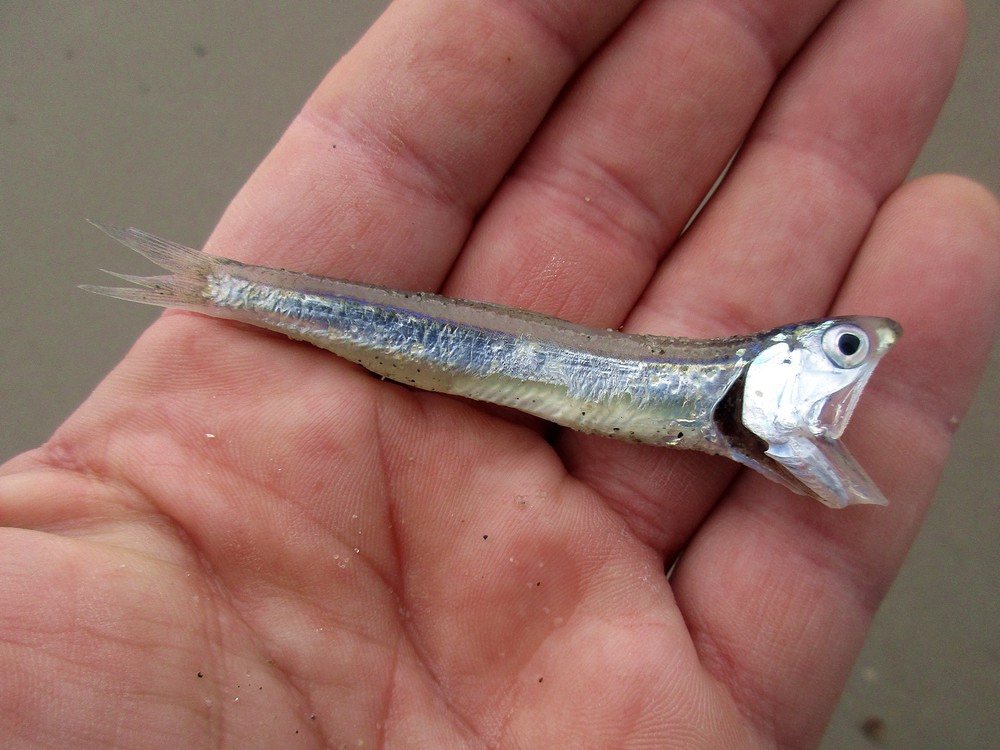
Water clarity significantly influences how fish perceive your bait presentations, requiring seasonal adjustments based on changing conditions. Spring runoff and heavy rains often create stained or muddy conditions, making baits with strong vibration, flash, or scent more effective as fish rely less on visual cues. Summer typically brings clearer water in many systems, requiring more realistic bait profiles and natural colors that can withstand scrutiny in high visibility conditions. Fall turnover in lakes can temporarily cloud water, while winter often brings the clearest water of the year in many systems. The rule of thumb for color selection involves using brighter, more visible colors in stained water (chartreuse, orange, bright white) and more natural, subdued tones (greens, browns, smoke, translucent) in clear conditions. Matching not only the prevalent forage but adjusting its visibility characteristics to current water clarity dramatically increases your success rate.
Building a Seasonal Bait Collection

Creating an effective year-round arsenal requires a systematic approach to bait selection that covers all seasonal possibilities. Start with a core collection of versatile baits that work across multiple seasons: jigs in various weights, soft plastic worms, small crankbaits, and spinners. Supplement this foundation with season-specific options like topwater frogs for summer, suspending jerkbaits for early spring and late fall, and ultralight finesse presentations for winter’s challenging conditions. Rather than accumulating random lures, focus on building color variations of proven patterns that match your local forage base throughout its annual cycles. Organize your collection by season or water temperature range rather than by bait type to simplify selection when planning fishing trips. Remember that confidence plays a crucial role in fishing success—the most effective baits are often those you fish with complete conviction.
Observation Skills: Becoming a Water Detective
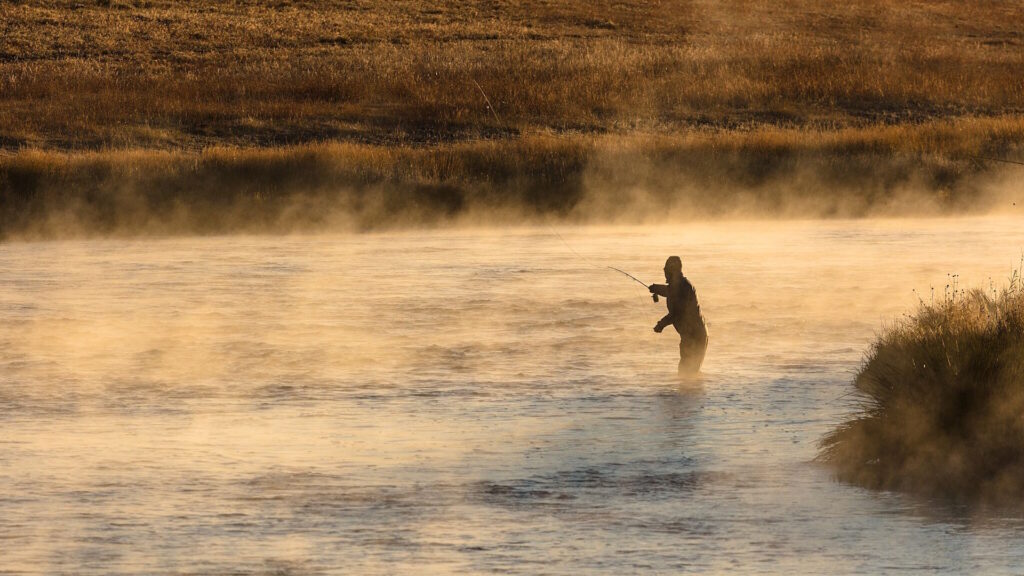
Developing keen observation skills transforms average anglers into consistently successful ones by revealing the natural patterns occurring in any water body. Arrive at your fishing location early to watch for surface activity, baitfish movements, and insect activity before starting to fish. Take note of what’s washing up along shorelines, what’s hiding under rocks near the water’s edge, and what birds are feeding on around the water. Examine the stomach contents of legally caught fish (where regulations permit) to identify exactly what they’ve been consuming. Keep a fishing journal documenting water temperatures, successful baits, and observed feeding patterns to build a personal database of seasonal information for your local waters. These observation habits, practiced consistently, provide more valuable information than any fishing magazine or video ever could about the specific patterns on your home waters.
Adapting to Unexpected Conditions
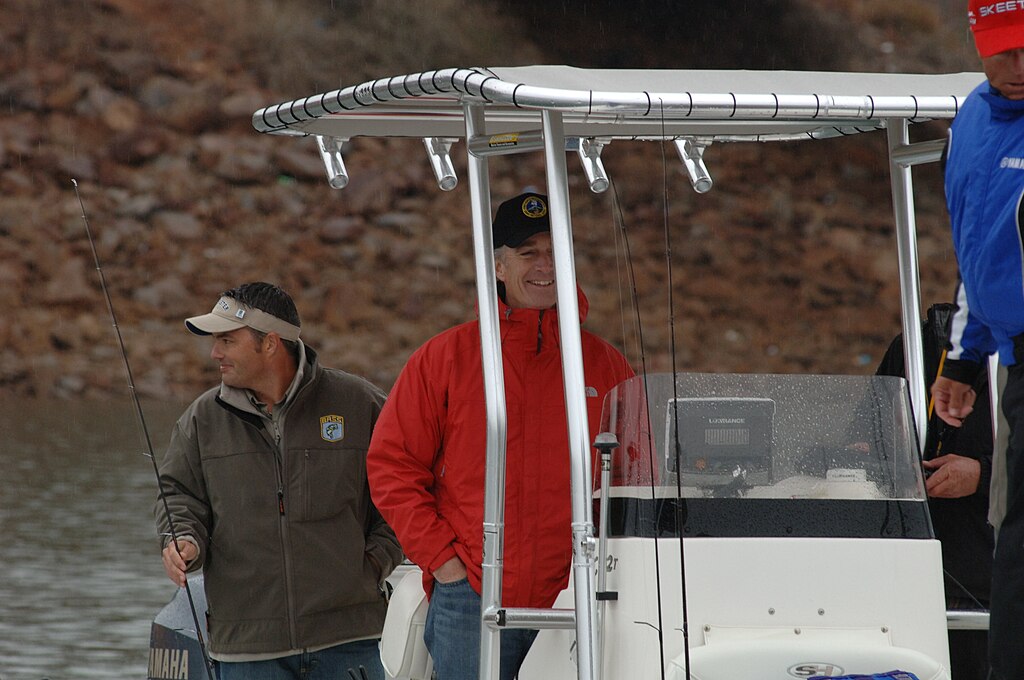
Nature rarely follows exact schedules, requiring anglers to recognize and adapt to anomalies in typical seasonal patterns. Unusually warm or cold weather can accelerate or delay expected hatches and migrations by weeks, pushing fish into patterns typically associated with different times of year. Sudden weather changes like cold fronts, significant rainfall, or extended hot spells can temporarily disrupt established feeding patterns, requiring tactical adjustments. Water level fluctuations, particularly in reservoirs and rivers, can completely alter fishing scenarios regardless of season. Successful anglers maintain a flexible approach, carrying bait options that cover conditions both typical for the calendar date and those representing the “actual” seasonal pattern based on current water temperatures and conditions. This adaptability, combined with a willingness to abandon preconceived notions about what “should” be working, often separates consistently successful anglers from those who experience occasional good days.
Conclusion
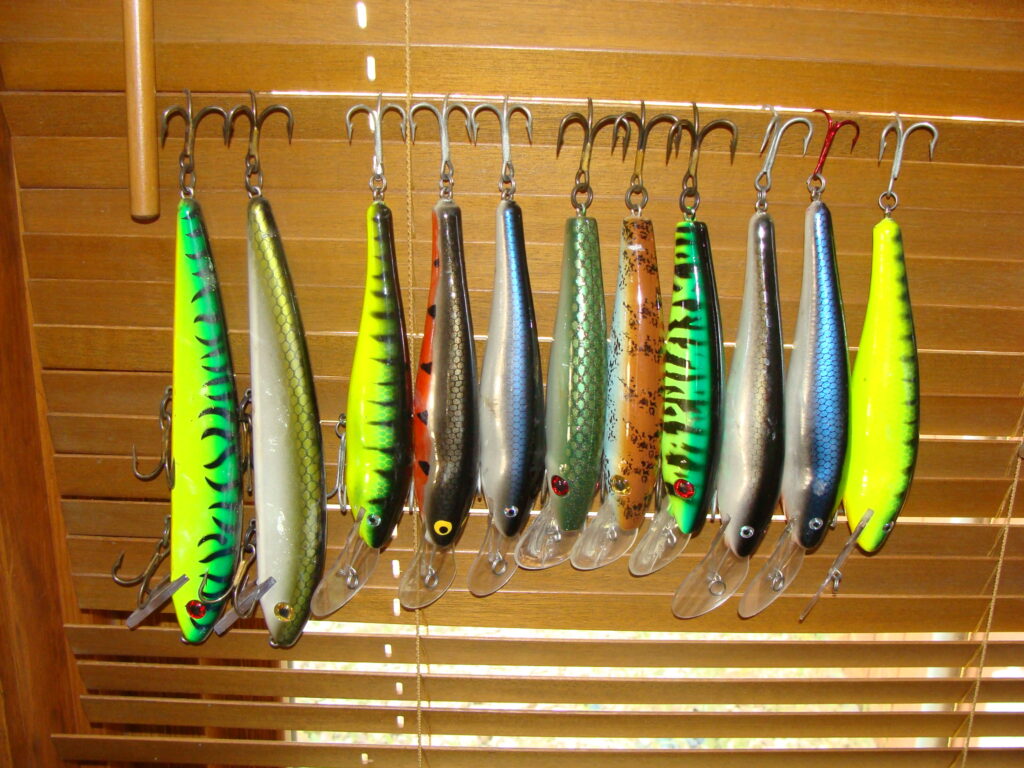
Matching the hatch in freshwater fishing represents the intersection of science, observation, and angling art. By aligning your bait selections with the natural seasonal progressions of aquatic life, you dramatically increase your chances of success throughout the year. This approach requires moving beyond favorite lures and comfort-zone techniques into a more dynamic, responsive relationship with the water. The rewards, however, extend beyond simply catching more fish. The process of studying and understanding the complex seasonal rhythms of freshwater ecosystems creates a deeper connection to the natural world and transforms fishing from a simple recreational pursuit into an ongoing journey of discovery. As you apply these seasonal principles to your fishing, you’ll find yourself not just matching the hatch, but anticipating it—the hallmark of an angler who has truly mastered their craft.
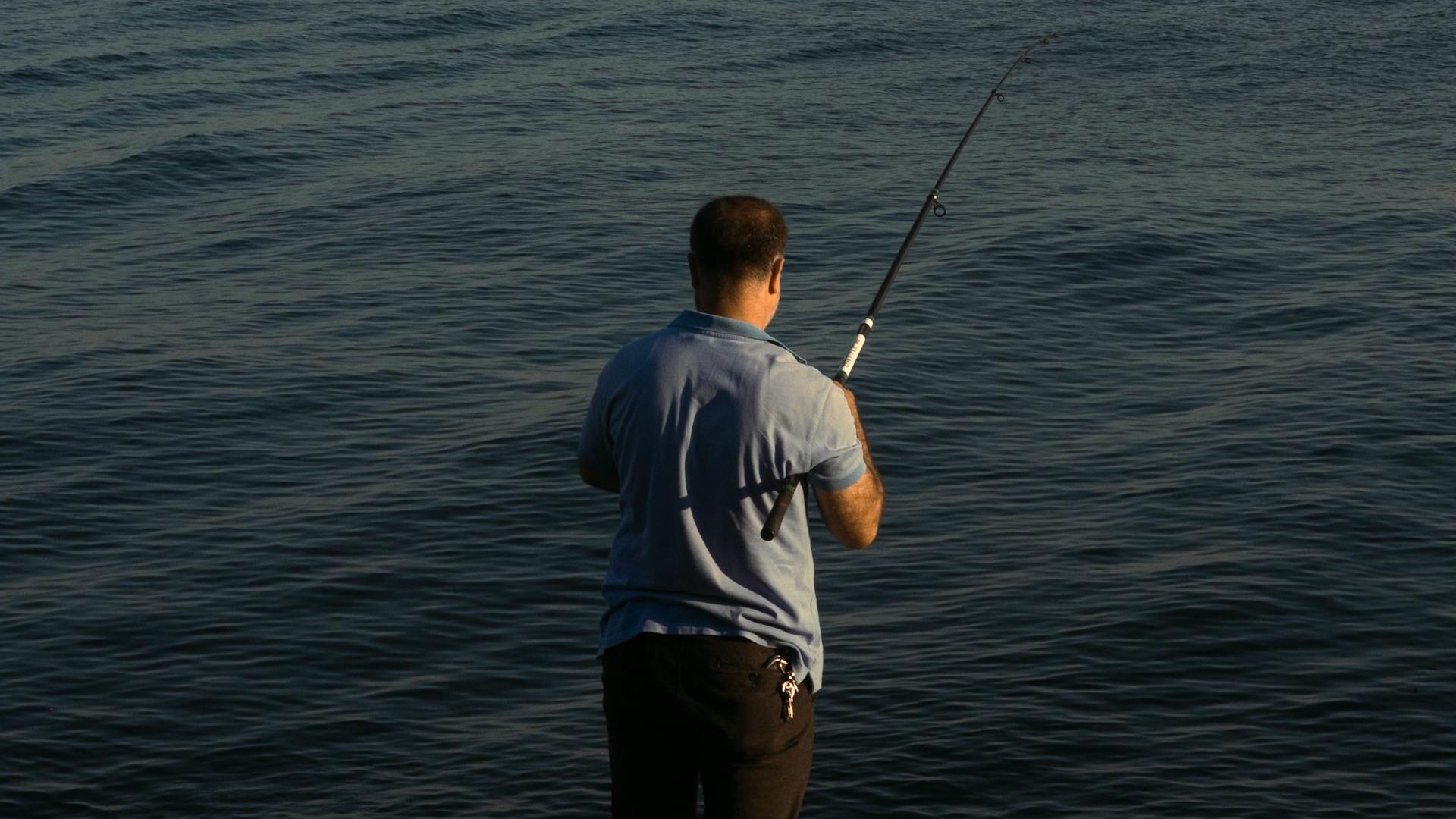
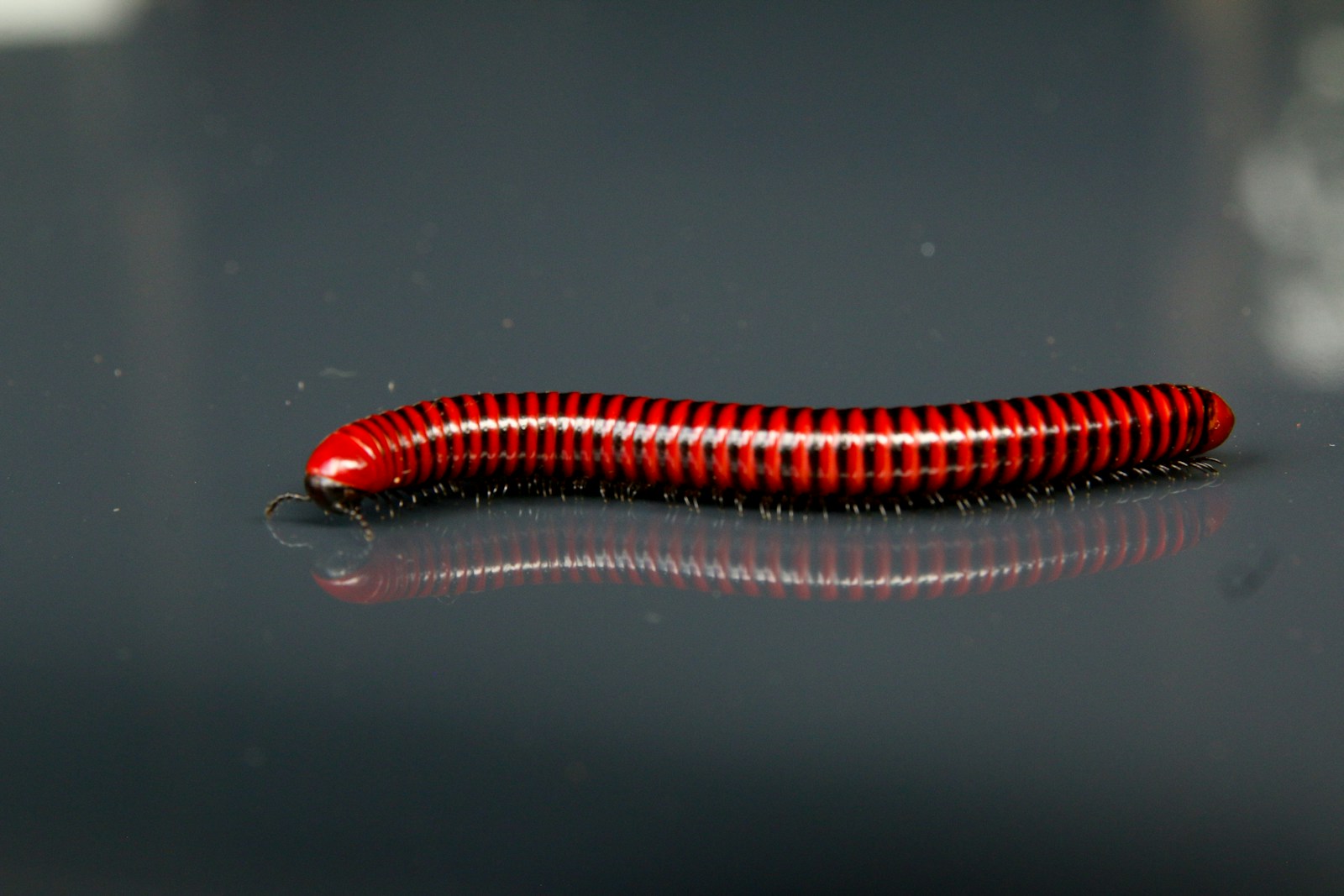

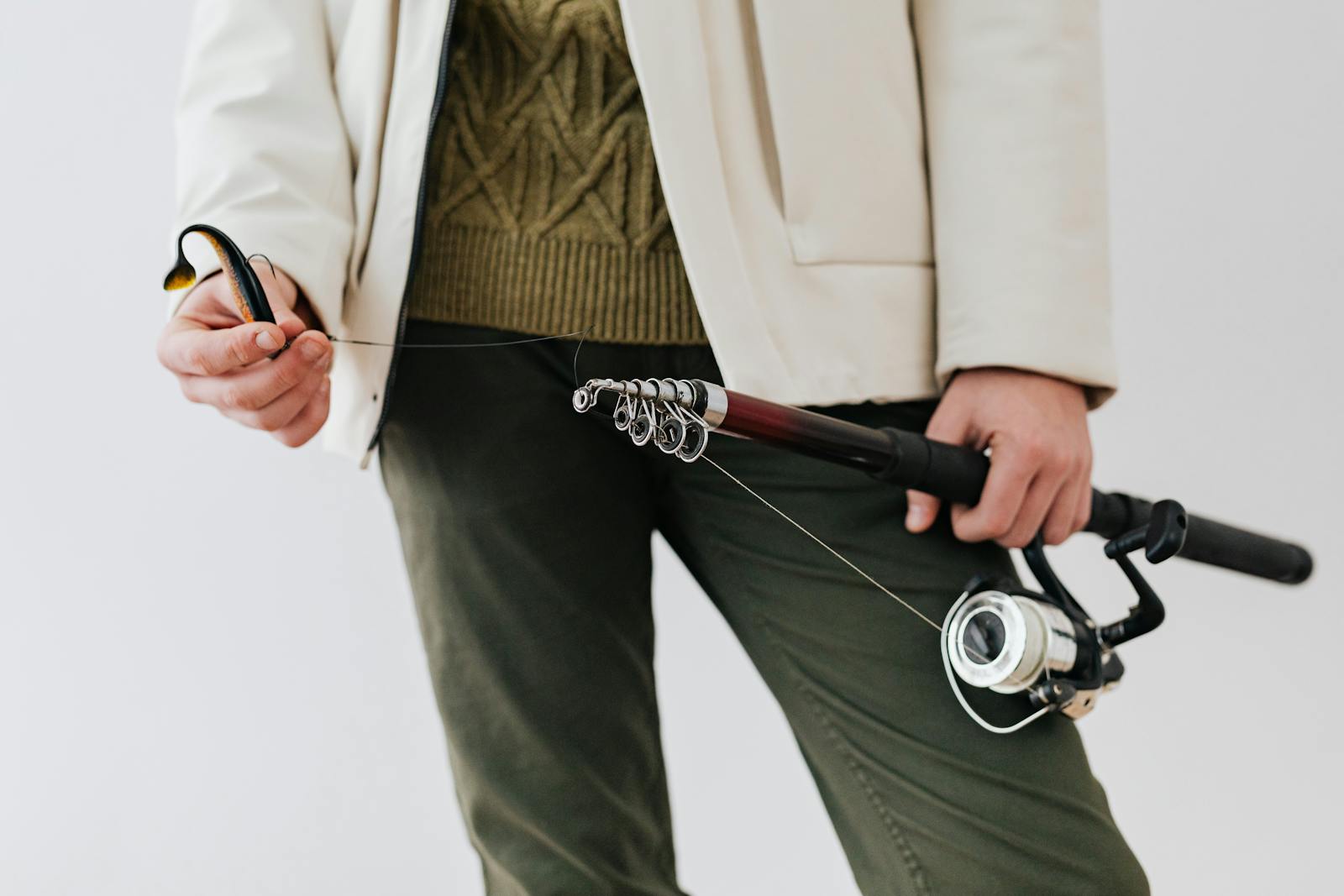










Post Comment